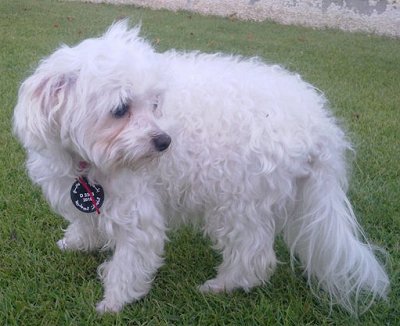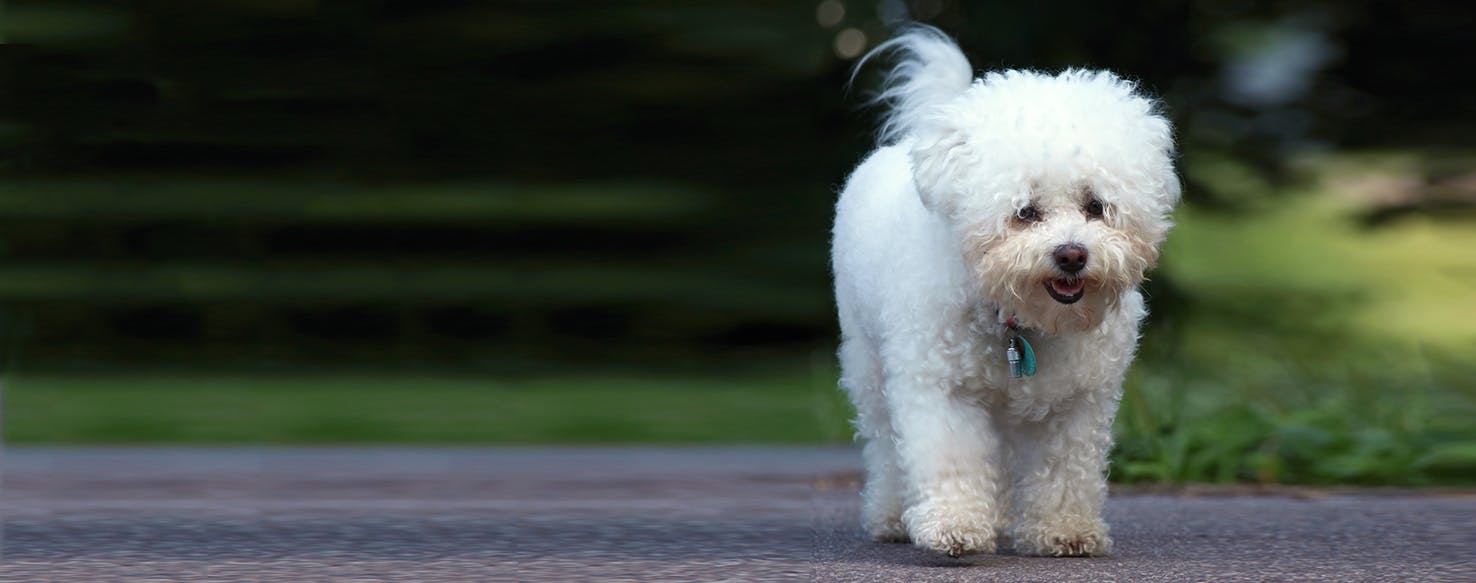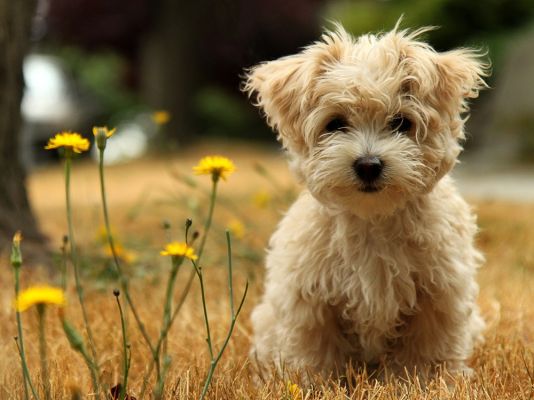Bolognese
The Bolognese dog, often referred to simply as the Bolognese, is a small and charming breed with a long history that dates back several centuries. Known for its fluffy white coat, affectionate personality, and unwavering loyalty, the Bolognese has captured the hearts of dog enthusiasts around the world. In this essay, we will explore the origins, characteristics, temperament, care, and significance of the Bolognese dog.
History:
The Bolognese dog's origins can be traced back to the ancient city of Bologna in northern Italy, where it was bred as a companion animal for nobility and aristocracy. While the exact origins of the breed are unclear, it is believed to be descended from small white dogs that were popular among Italian nobles during the Renaissance period.
Throughout history, the Bolognese dog enjoyed a privileged existence as a cherished companion to royalty and aristocrats, often depicted in portraits and works of art alongside their esteemed owners. However, the breed's popularity declined in the 19th and early 20th centuries, leading to a decline in numbers and near extinction.
Characteristics:
The Bolognese dog is a small breed with a compact and sturdy build, characterized by its distinctive fluffy white coat and dark, expressive eyes. Despite its small size, the Bolognese possesses a robust and resilient constitution, with a playful and energetic demeanor that belies its aristocratic heritage.
One of the breed's most notable features is its luxurious coat, which consists of long, flowing hair that forms a dense, cloud-like mane around the dog's body. Regular grooming is essential to keep the coat free of mats and tangles, with daily brushing recommended to maintain its softness and shine.
Temperament:
Bolognese dogs are renowned for their affectionate and gentle nature, forming strong bonds with their human families and displaying unwavering loyalty and devotion. They thrive on companionship and are happiest when they are by their owner's side, whether at home or on the go.
Despite their small size, Bolognese dogs possess a confident and outgoing personality, with a playful and mischievous streak that endears them to people of all ages. They get along well with children and other pets, making them an ideal choice for families looking for a friendly and sociable companion.
Care:
In terms of care, Bolognese dogs require regular grooming to keep their coat looking its best. Daily brushing is recommended to prevent mats and tangles, with occasional baths to keep the coat clean and fresh. Additionally, regular trimming of the hair around the eyes and ears can help prevent irritation and infection.
In terms of exercise, Bolognese dogs have relatively low energy levels and do not require a great deal of physical activity. Short daily walks and play sessions in a fenced yard are usually sufficient to keep them happy and healthy, although they may enjoy participating in activities such as obedience training or agility for mental stimulation.
Significance:
The Bolognese dog holds a special place in the hearts of dog lovers around the world, cherished for its adorable appearance, affectionate personality, and unwavering loyalty. While it may no longer enjoy the same level of prominence as it did in centuries past, the Bolognese continues to be valued as a beloved companion and cherished family pet.
Moreover, the Bolognese dog serves as a reminder of Italy's rich cultural heritage and its longstanding tradition of breeding small companion dogs for nobility and aristocracy. Its presence in literature, art, and popular culture serves as a testament to its enduring appeal and timeless charm, ensuring that the breed's legacy lives on for generations to come.
In conclusion, the Bolognese dog is a breed of unique charm, grace, and elegance, cherished for its fluffy white coat, affectionate personality, and unwavering loyalty. Whether as a cherished family pet, a beloved companion, or a show dog, the Bolognese continues to captivate the hearts and minds of dog lovers everywhere, leaving an indelible mark on the world of canine companionship.
Breed Standard and Recognition:
The Bolognese dog has a distinct appearance outlined by the breed standard, which serves as a guideline for breeders and judges in dog shows. According to the American Kennel Club (AKC) and other international kennel clubs, the Bolognese should have a small, square-shaped body, with a well-proportioned head, dark, round eyes, and a black nose. Their ears are drop-shaped and set high, framing the face with a charming expression.
The breed standard also emphasizes the importance of the Bolognese's fluffy white coat, which should be long, profuse, and without an undercoat. The coat should cascade in soft waves over the body, giving the dog a distinctive, cloud-like appearance. While the breed standard allows for slight variations in coat texture and color, a pure white coat is preferred.
In terms of size, the Bolognese is a small breed, typically weighing between 5 to 9 pounds (2 to 4 kilograms) and standing 9 to 12 inches (23 to 30 centimeters) tall at the shoulder. This compact size makes them well-suited for apartment living and travel, as they are small enough to be comfortably accommodated in most spaces.
Health Considerations:
While the Bolognese dog is generally a healthy breed, like all purebred dogs, they may be prone to certain genetic health issues. Responsible breeders conduct health screenings on their breeding stock to minimize the risk of hereditary conditions and ensure the overall health and well-being of the puppies.
Some of the health concerns that may affect Bolognese dogs include:
- Patellar luxation: A condition where the kneecap dislocates from its normal position, causing pain and lameness.
- Progressive retinal atrophy (PRA): A degenerative eye disease that can lead to blindness.
- Legg-Calvé-Perthes disease: A condition where the head of the femur bone deteriorates, leading to hip joint pain and lameness.
- Dental issues: Bolognese dogs may be prone to dental problems such as tooth decay and gum disease due to their small mouths and crowded teeth.
Regular veterinary check-ups, a balanced diet, proper dental care, and regular exercise can help keep Bolognese dogs healthy and happy throughout their lives.
Conclusion:
In conclusion, the Bolognese dog is a delightful and charming breed with a rich history, distinctive appearance, and affectionate temperament. From its origins as a beloved companion to Italian nobility to its status as a cherished family pet today, the Bolognese has left an indelible mark on the world of canine companionship.
Whether as a devoted lapdog, a playful companion, or a show dog, the Bolognese continues to captivate the hearts of dog lovers around the world with its fluffy white coat, expressive eyes, and endearing personality. As a breed, the Bolognese serves as a reminder of the enduring bond between humans and dogs, bringing joy, companionship, and unconditional love to all who have the pleasure of sharing their lives with them.



































